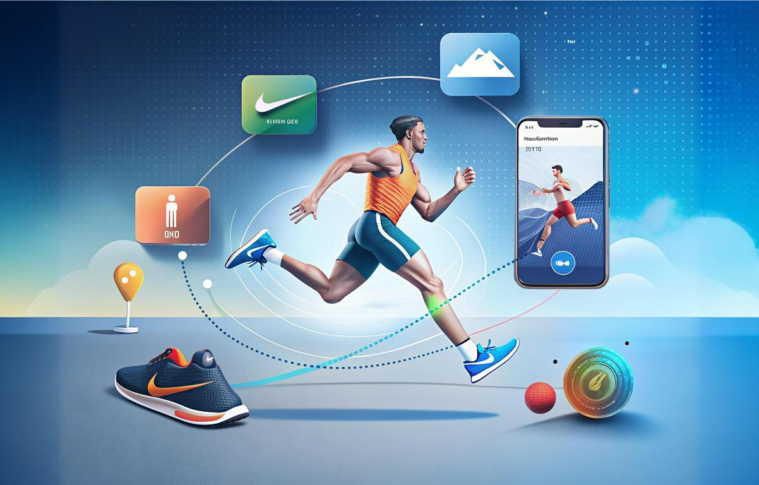Introduction
Founded in 2012 by John Foley, Peloton aimed to disrupt traditional fitness by combining state-of-the-art exercise equipment with engaging, instructor-led virtual classes. Through its innovative hardware, subscription-based digital content, and community-driven approach, Peloton created an entirely new category: connected fitness.
Key Innovations Driving Peloton’s Success
- Connected Hardware:
Peloton’s stationary bikes and treadmills, equipped with touchscreens, offer an immersive fitness experience by streaming live and on-demand classes. - Subscription Model:
A recurring revenue model through memberships for accessing a library of fitness content, ranging from cycling to yoga. - Community Engagement:
Features like leaderboards, hashtags, and real-time metrics foster a sense of competition and camaraderie among users. - Lifestyle Branding:
Positioning Peloton as more than fitness equipment by promoting a lifestyle centered around health, convenience, and exclusivity. - Celebrity & Influencer Partnerships:
Collaborations with popular figures helped make Peloton synonymous with premium fitness.
Peloton’s Business Growth in Numbers
| Metric | 2015 | 2018 | 2020 | 2023 (Estimated) |
| Subscribers (Millions) | 0.1 | 0.9 | 3.1 | 6.5 |
| Annual Revenue ($B) | 0.06 | 0.9 | 4.0 | 4.4 |
| Active Users (Millions) | 0.2 | 1.4 | 5.4 | 7.2 |
| Market Valuation ($B) | 0.5 | 4.2 | 45.0 | 12.0 |
Challenges and Strategic Responses
| Challenge | Strategic Response by Peloton |
| High Initial Cost of Equipment | Introduced financing options to make bikes and treadmills more accessible. |
| Competition from Traditional Gyms | Positioned as a hybrid fitness solution, offering convenience and quality. |
| COVID-19 Surge and Decline | Expanded digital app offerings for non-equipment owners to diversify revenue. |
| Post-COVID Demand Slump | Focused on international expansion and partnerships with hotels and gyms. |
Cultural Impact
Peloton isn’t just a product; it’s a phenomenon that redefined fitness as a shared experience. Its appeal to high-income, tech-savvy consumers helped it become a symbol of modern wellness, akin to brands like Apple in the tech space.
Future Prospects
Peloton’s growth strategy hinges on:
- Expanding Product Line: Entry into strength training with connected devices like Peloton Guide.
- Global Expansion: Growing presence in Europe and Asia to tap into new markets.
- Subscription Growth: Enhancing digital content to attract a broader audience without equipment.
- Innovative Collaborations: Partnering with brands and influencers to sustain cultural relevance.
Conclusion
Peloton’s journey from a niche hardware company to a global lifestyle brand underscores the power of blending technology, content, and community. By prioritizing user engagement and continuous innovation, Peloton remains at the forefront of connected fitness.
Disclaimer
Posts in the Notebook are written by individual members and reflect personal insights or opinions. Please verify any information independently. If you have any concerns, notify the admin immediately so we can take action before any legal steps are taken.





